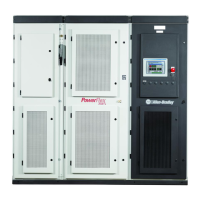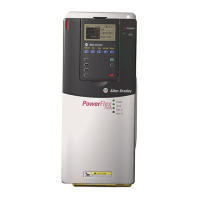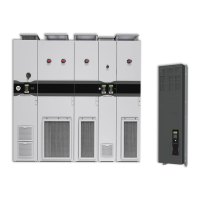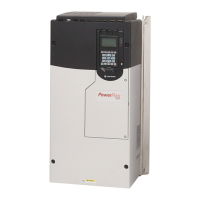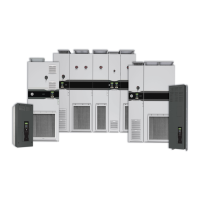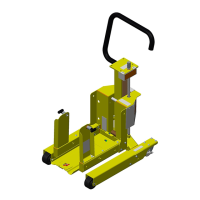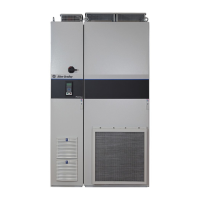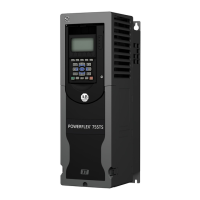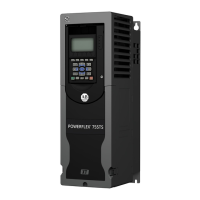Functional Description 1-35
7000-TD002A-EN-P – September 2007
PID Process Control The PID process control feature is now integrated into the PowerFlex
7000 drive. The PID controller provides a single closed loop process
control with proportional, integral and derivative control action. This
feature is designed to eliminate the need for external control devices
in applications that require control of a process.
The drive reads the Process Variable (357) from the analog input
that is fed by the customer process sensor and compares it to the
desired Process Setpoint (360). The analog I/O is either in the
voltage range of 0 -10V or in the current range of 4 – 20 mA. The
algorithm will then adjust the PID Output (356), changing the drive’s
speed command frequency to make the Process Variable equal to the
Process Setpoint. The internal PID process controller uses the
velocity form algorithm of the PID equation. This signifies that the
loop works on the change in error to adjust the output whereas a
traditional positional form algorithm works on the error directly.
The firmware provides several options as to the way the algorithm
works. Independent or dependent gain form can be chosen by the
Indpndt Gain bit in the PID Output (356). The difference should be
taken into consideration when tuning the PID parameters; PID Gain
(353), PID Integral Time (354) and PID Derivative Time (355). The
equations for the algorithms in dependent and independent gain form
are shown below:
Dependent Gain Form:
In this form of algorithm, the PID gain is working as a controller
gain. The change in the PID Gain will affect all three terms;
proportional, integral, and derivative.
⎟
⎟
⎠
⎞
⎜
⎜
⎝
⎛
Δ
+−
+Δ+Δ+=
−−
−
t
EEE
TtE
T
EKPOPO
nnn
d
l
Pnn
21
1
2
1
Independent Gain Form
In this form of algorithm, the PID gain is working as a proportional
gain. The change in the PID Gain will affect only the proportional
term.
t
EEE
TtE
T
EKPOPO
nnn
d
l
Pnn
Δ
−
+Δ+Δ+=
−−
−
21
1
2
1
where: PO: PID Output
E: Error (Process Setpoint - Process Variable)
t
: Sampling Period used by the loop
K
p
: PID Gain
T
l
: PID Integral Time in seconds
T
d
: PID Derivative Time in seconds
Contact factory for the availability of this feature.
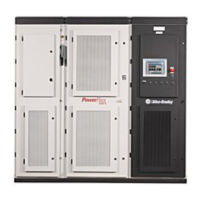
